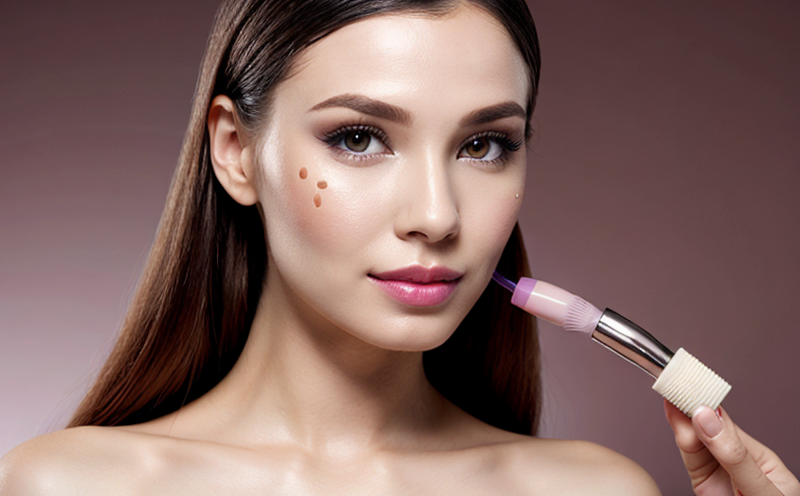In Vitro Barrier Function Testing for Cosmetic Creams
The barrier function of cosmetic creams is a critical aspect of their safety and efficacy. This test evaluates how effectively the cream forms a protective layer on the skin, preventing external contaminants from penetrating while allowing necessary substances to pass through. The in vitro method offers a humane alternative that avoids animal testing by using human cell cultures or tissue models.
The process begins with selecting appropriate cell lines relevant to the intended use of the cosmetic product. For instance, for creams used on the face, keratinocytes are often chosen due to their role in skin integrity and barrier function. The cells are then cultured under controlled conditions to mimic natural skin microenvironment as closely as possible.
Once established, the cosmetic cream is applied onto these cell cultures or tissues, after which physiological parameters such as transepidermal water loss (TEWL) are measured using sophisticated instruments like the Corneometer CM825. TEWL provides a quantitative measure of how well the skin barrier retains moisture, indicating the effectiveness of the cream in maintaining its integrity.
The test also involves monitoring changes in permeability by assessing the passage of small molecules or ions through the treated layers compared to untreated controls. This helps determine whether the cosmetic product is too permeable (which could lead to allergens entering) or impermeable enough to protect against environmental stressors.
Another key aspect is evaluating the compatibility of the cream with various skin types by examining its impact on barrier recovery after simulated insults such as heat, cold, and ultraviolet radiation exposure. This ensures that not only does the cream protect but also supports the skin’s natural protective mechanisms without causing irritation or damage.
The results are analyzed meticulously to ensure compliance with international standards like ISO 10993-4, which stipulates biological evaluation of medical devices for local effects. While this standard is typically used in medical device testing, its principles can be adapted to cosmetic products when appropriate.
This type of testing plays a crucial role in ensuring that cosmetics are safe and effective before they reach the market. By providing detailed insights into how different formulations interact with human skin, it helps manufacturers make informed decisions about ingredient selection and formulation optimization.
| Applied Standards | Description |
|---|---|
| ISO 10993-4 | Biological evaluation of medical devices for local effects, adapted to cosmetic products. |
| American Society for Testing and Materials (ASTM) | Dermatological testing standards, including barrier function assessment. |
| European Committee for Standardization (CEN) | Standards related to biocompatibility and safety of medical devices, adapted for cosmetic use. |
The data collected from these tests are invaluable in guiding product development. They help identify potential issues early on so that corrective actions can be taken before the final formulation is released. This not only enhances product quality but also ensures adherence to stringent regulatory requirements globally.
In conclusion, in vitro barrier function testing for cosmetic creams provides a robust framework for assessing safety and efficacy without compromising ethical standards or animal welfare.





